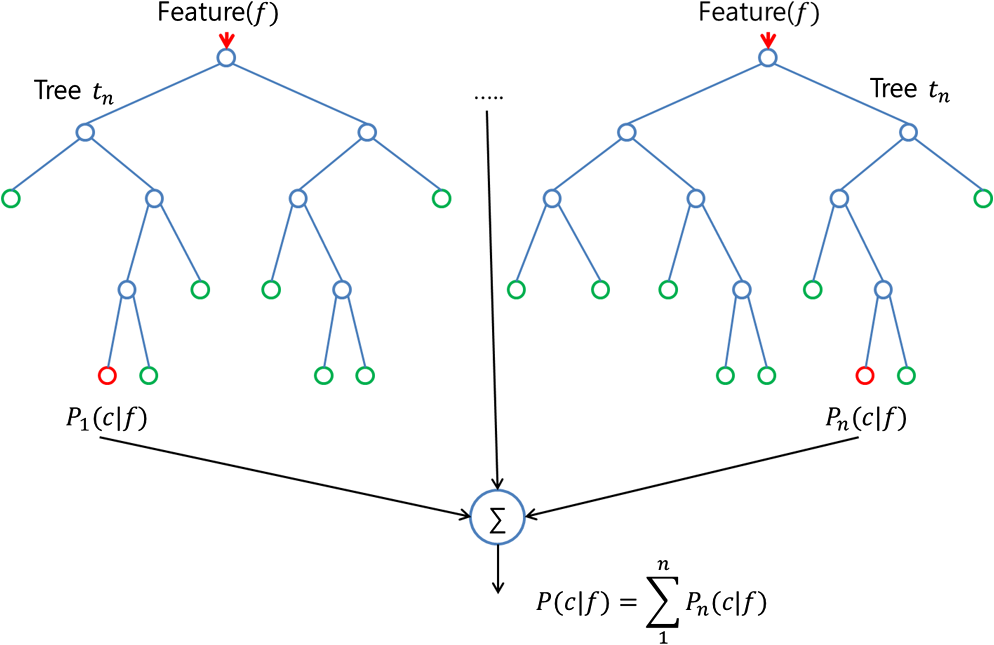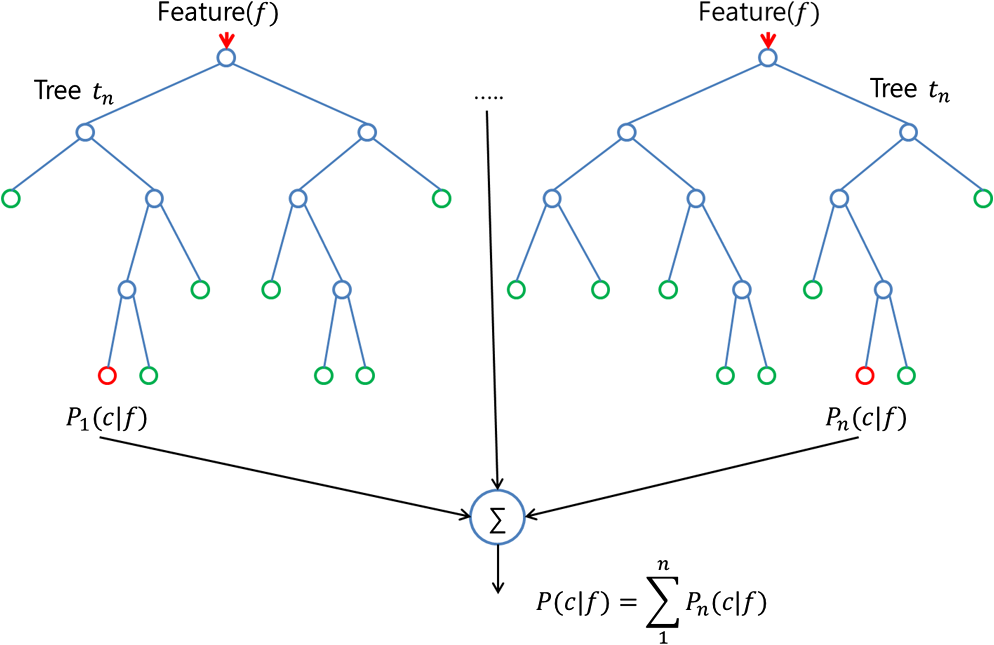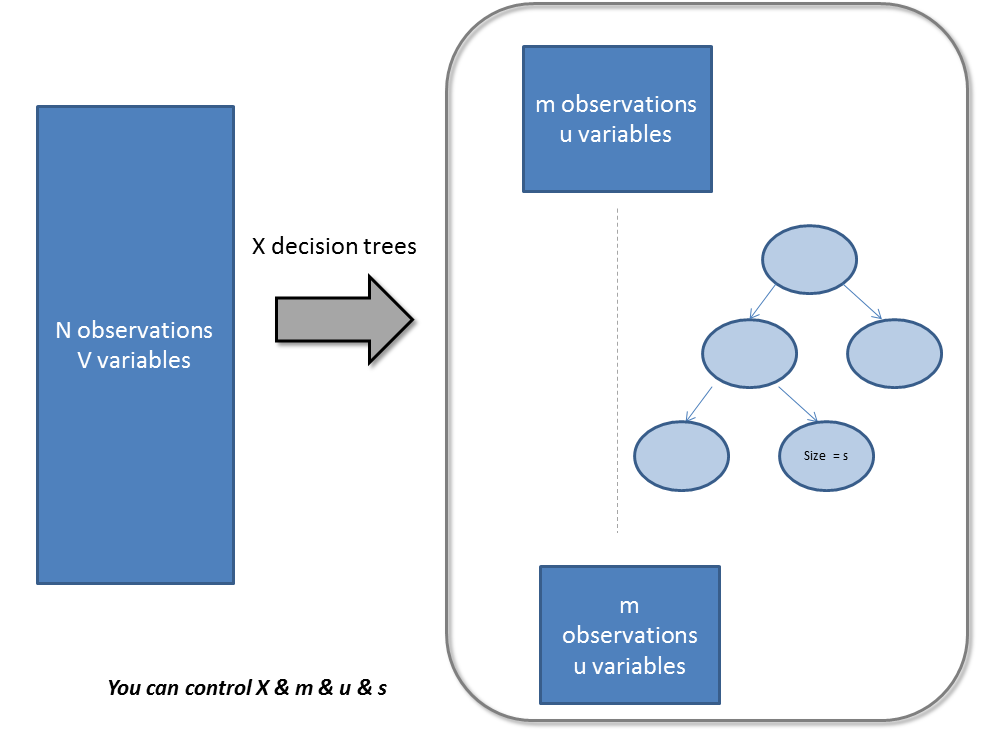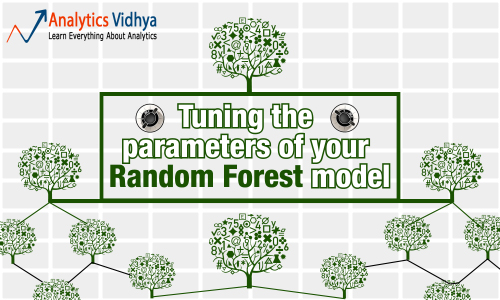Why to tune Machine Learning Algorithms?
A month back, I participated in a Kaggle competition called TFI. I started with my first submission at 50th percentile. Having worked relentlessly on feature engineering for more than 2 weeks, I managed to reach 20th percentile. To my surprise, right after tuning the parameters of the machine learning algorithm I was using, I was able to breach top 10th percentile.
This is how important tuning these machine learning algorithms are. Random Forest is one of the easiest machine learning tool used in the industry. In our previous articles, we have introduced you to Random Forest and compared it against a CART model. Machine Learning tools are known for their performance.
Table of contents
What is a Random Forest?
Random forest is an ensemble tool which takes a subset of observations and a subset of variables to build a decision trees. It builds multiple such decision tree and amalgamate them together to get a more accurate and stable prediction. This is direct consequence of the fact that by maximum voting from a panel of independent judges, we get the final prediction better than the best judge.


We generally see a random forest as a black box which takes in input and gives out predictions, without worrying too much about what calculations are going on the back end. This black box itself have a few levers we can play with. Each of these levers have some effect on either the performance of the model or the resource – time balance. In this article we will talk more about these levers we can tune, while building a random forest model.
What are Parameters in Random Forests to tune a RF Model?
Parameters in random forest are either to increase the predictive power of the model or to make it easier to train the model. Following are the parameters we will be talking about in more details (Note that I am using Python conventional nomenclatures for these parameters) :
Features which make predictions of the model better

There are primarily 3 features which can be tuned to improve the predictive power of the model :
1.a. max_features:
These are the maximum number of features Random Forest is allowed to try in individual tree. There are multiple options available in Python to assign maximum features. Here are a few of them :
- Auto/None : This will simply take all the features which make sense in every tree.Here we simply do not put any restrictions on the individual tree.
- sqrt : This option will take square root of the total number of features in individual run. For instance, if the total number of variables are 100, we can only take 10 of them in individual tree.”log2″ is another similar type of option for max_features.
- 0.2 : This option allows the random forest to take 20% of variables in individual run. We can assign and value in a format “0.x” where we want x% of features to be considered.
How does “max_features” impact performance and speed?
Increasing max_features generally improves the performance of the model as at each node now we have a higher number of options to be considered. However, this is not necessarily true as this decreases the diversity of individual tree which is the USP of random forest. But, for sure, you decrease the speed of algorithm by increasing the max_features. Hence, you need to strike the right balance and choose the optimal max_features.
1.b. n_estimators :
This is the number of trees you want to build before taking the maximum voting or averages of predictions. Higher number of trees give you better performance but makes your code slower. You should choose as high value as your processor can handle because this makes your predictions stronger and more stable.
1.c. min_sample_leaf :
If you have built a decision tree before, you can appreciate the importance of minimum sample leaf size. Leaf is the end node of a decision tree. A smaller leaf makes the model more prone to capturing noise in train data. Generally I prefer a minimum leaf size of more than 50. However, you should try multiple leaf sizes to find the most optimum for your use case.
Features which will make the model training easier
There are a few attributes which have a direct impact on model training speed. Following are the key parameters which you can tune for model speed :
2.a. n_jobs :
This parameter tells the engine how many processors is it allowed to use. A value of “-1” means there is no restriction whereas a value of “1” means it can only use one processor. Here is a simple experiment you can do with Python to check this metric :
%timeit
model = RandomForestRegressor(n_estimator = 100, oob_score = TRUE,n_jobs = 1,random_state =1)
model.fit(X,y)
Output ———- 1 loop best of 3 : 1.7 sec per loop
%timeit
model = RandomForestRegressor(n_estimator = 100,oob_score = TRUE,n_jobs = -1,random_state =1)
model.fit(X,y)
Output ———- 1 loop best of 3 : 1.1 sec per loop
“%timeit” is an awsum function which runs a function multiple times and gives the fastest loop run time. This comes out very handy while scalling up a particular function from prototype to final dataset.
2.b. random_state :
This parameter makes a solution easy to replicate. A definite value of random_state will always produce same results if given with same parameters and training data. I have personally found an ensemble with multiple models of different random states and all optimum parameters sometime performs better than individual random state.
2.c. oob_score :
This is a random forest cross validation method. It is very similar to leave one out validation technique, however, this is so much faster. This method simply tags every observation used in different tress. And then it finds out a maximum vote score for every observation based on only trees which did not use this particular observation to train itself.
Here is a single example of using all random forest parameters in a single function :
model = RandomForestRegressor(n_estimator = 100, oob_score = TRUE, n_jobs = -1,random_state =50, max_features = "auto", min_samples_leaf = 50)
model.fit(X,y)
Learning through a case study
We have referred to Titanic case study in many of our previous articles. Let’s try the same problem again. The objective of this case here will be to get a feel of random forest parameters tuning and not getting the right features. Try following code to build a basic model :
Frequently Asked Questions
A. A random forest is an ensemble learning method that combines multiple decision trees. The number of parameters in a random forest depends on the number of trees in the forest and the complexity of each individual tree. Generally, a random forest can have thousands to millions of parameters, with each tree having its own set of parameters based on the number of features and the depth of the tree.
A. When tuning a random forest, key parameters to consider are the number of trees in the forest, the maximum depth of each tree, the number of features considered for splitting at each node, and the criterion used to evaluate the quality of a split (e.g., Gini impurity or entropy). Additionally, parameters related to data sampling, such as the subsample size and random state, can be adjusted for improved performance.
End Notes
Machine learning tools like random forest, SVM, neural networks etc. are all used for high performance. They do give high performance, but users generally don’t understand how they actually work. Not knowing the statistical details of the model is not a concern however not knowing how the model can be tuned well to clone the training data restricts the user to use the algorithm to its full potential. In some of the future articles we will take up tuning of other machine learning algorithm like SVM , GBM and neaural networks.
Have you used random forest before? What parameters did you tune? How did tuning the algorithm impact the performance of the model? Did you see any significant benefits by doing the same? Do let us know your thoughts about this guide in the comments section below.






